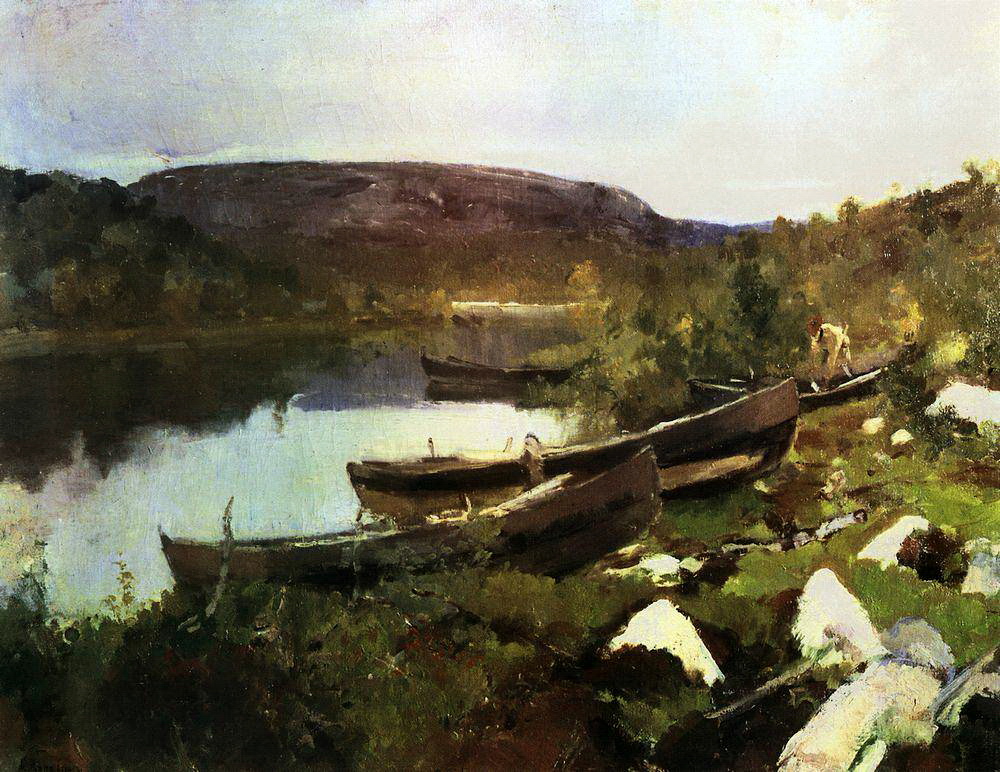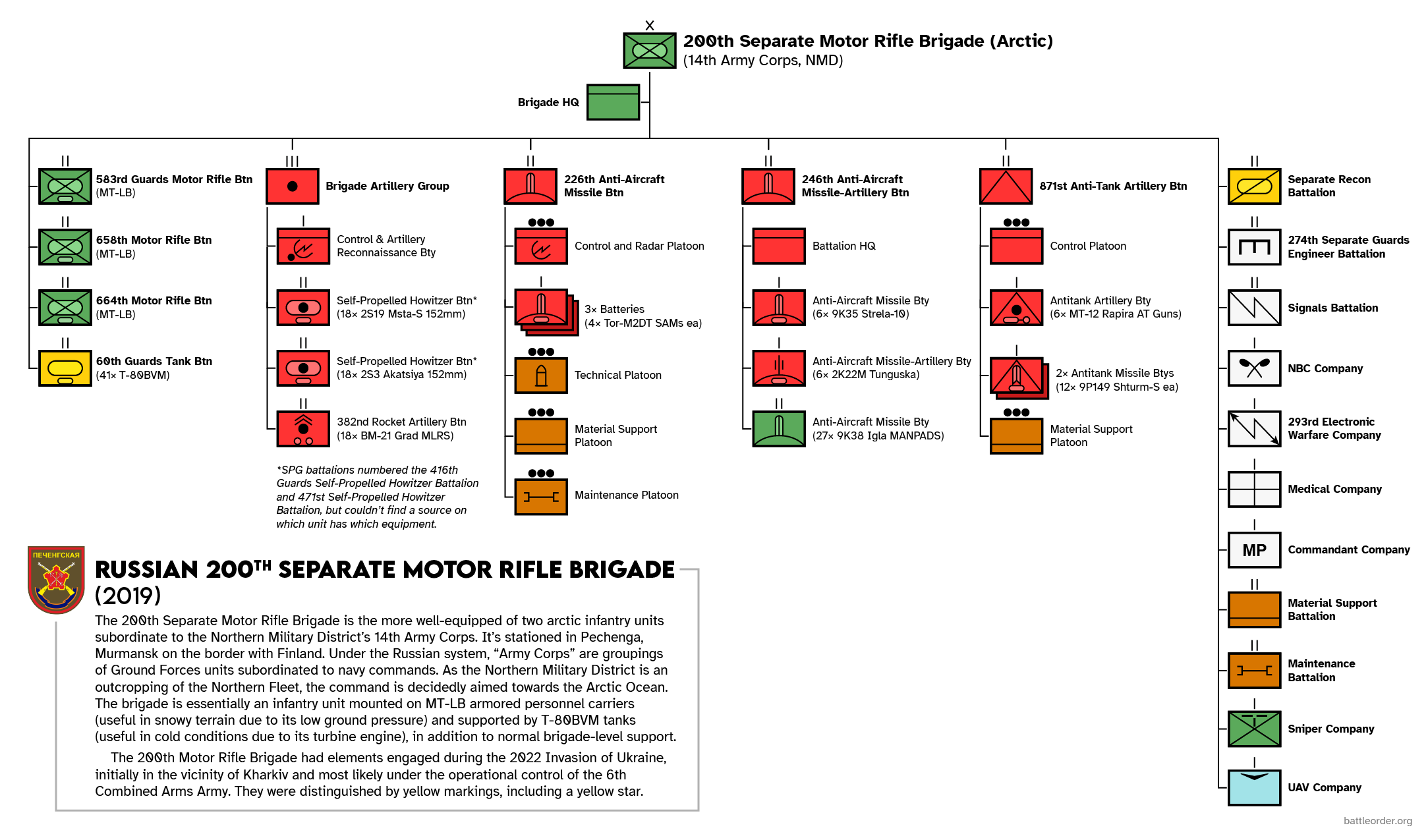|
Pechenga (urban-type Settlement), Murmansk Oblast
Pechenga (russian: Пече́нга; Finnish and sv, Petsamo; no, Petsjenga; se, Beahcán; sms, Peäccam) is an urban locality (an urban-type settlement) in Pechengsky District, Murmansk Oblast, Russia. Municipally, it is incorporated as Pechenga Urban Settlement of Pechengsky Municipal District. Population: History The Pechenga area has been indigenously inhabited by the Finnic KvensJulku, Kyösti: ''Kvenland - Kainuunmaa''. With English summary: ''The Ancient territory of Kainuu''. Oulu, 1986. and the Sami. The settlement was founded by Russians as the Pechenga Monastery in 1533 at the influx of the Pechenga River into the Barents Sea, 135 km west of modern Murmansk. St. Tryphon of Pechenga, a monk from Novgorod is considered to be the founder of Pechenga Monastery. In 1533, the area became part of Russia. Inspired by the model of the Solovki, Tryphon wished to convert the local Sami population to Christianity and to demonstrate how faith could flourish i ... [...More Info...] [...Related Items...] OR: [Wikipedia] [Google] [Baidu] |
Murmansk Oblast
Murmansk Oblast (russian: Му́рманская о́бласть, p=ˈmurmənskəjə ˈobləsʲtʲ, r=Murmanskaya oblast, ''Murmanskaya oblast''; Kildin Sami: Мурман е̄ммьне, ''Murman jemm'ne'') is a federal subject (an oblast) of Russia, located in the northwestern part of the country. Its administrative center is the city of Murmansk. As of the Russian Census (2010), 2010 Census, its population was 795,409. Geography Geographically, Murmansk Oblast is located mainly on the Kola Peninsula almost completely north of the Arctic Circle''2007 Atlas of Murmansk Oblast'', p. 2 and is a part of the larger Lapland (region), Sápmi (Lapland) region that spans over four countries.Ratcliffe, p. 1 The oblast borders with the Republic of Karelia in Russia in the south, Lapland, Finland, Lapland Region in Finland in the west, Troms og Finnmark, Troms and Finnmark County in Norway in the northwest, and is bounded by the Barents Sea in the north and the White Sea in ... [...More Info...] [...Related Items...] OR: [Wikipedia] [Google] [Baidu] |
Novgorod
Veliky Novgorod ( rus, links=no, Великий Новгород, t=Great Newtown, p=vʲɪˈlʲikʲɪj ˈnovɡərət), also known as just Novgorod (), is the largest city and administrative centre of Novgorod Oblast, Russia. It is one of the oldest cities in Russia, being first mentioned in the 9th century. The city lies along the Volkhov River just downstream from its outflow from Lake Ilmen and is situated on the M10 federal highway connecting Moscow and Saint Petersburg. UNESCO recognized Novgorod as a World Heritage Site in 1992. The city has a population of At its peak during the 14th century, the city was the capital of the Novgorod Republic and was one of Europe's largest cities. The "Veliky" ("great") part was added to the city's name in 1999. History Early developments The Sofia First Chronicle makes initial mention of it in 859, while the Novgorod First Chronicle first mentions it in 862, when it was purportedly already a major Baltics-to- Byzantium station on t ... [...More Info...] [...Related Items...] OR: [Wikipedia] [Google] [Baidu] |
200th Independent Motor Rifle Brigade
The 200th Separate Motor Rifle Brigade is a military formation of the 14th Army Corps, part of the Northern Military District, based at Pechenga in Murmansk Oblast. The brigade was formed from the 131st Motor Rifle Division in 1997 and was one of the two Russian Arctic warfare brigades. In 2014, brigade units participated in the War in Donbas. In 2022, brigade units participated in the 2022 Russian invasion of Ukraine. Interrogations of Russian prisoners of war established that the brigade was in Ukraine and suffered heavy losses in the Battle of Kharkiv. History Formation The 200th Brigade was formed from the former 131st Motor Rifle Division in 1997. It inherited the honorifics "Pechenga Order of Kutuzov" from the division. Transition to professional contract status was planned to finish at the end of 2006. At the beginning of April 2006, the brigade had about 700 professional personnel, practically all sergeant positions having been filled by kontraktniks (russia ... [...More Info...] [...Related Items...] OR: [Wikipedia] [Google] [Baidu] |
Soviet Union
The Soviet Union,. officially the Union of Soviet Socialist Republics. (USSR),. was a transcontinental country that spanned much of Eurasia from 1922 to 1991. A flagship communist state, it was nominally a federal union of fifteen national republics; in practice, both its government and its economy were highly centralized until its final years. It was a one-party state governed by the Communist Party of the Soviet Union, with the city of Moscow serving as its capital as well as that of its largest and most populous republic: the Russian SFSR. Other major cities included Leningrad (Russian SFSR), Kiev (Ukrainian SSR), Minsk ( Byelorussian SSR), Tashkent (Uzbek SSR), Alma-Ata (Kazakh SSR), and Novosibirsk (Russian SFSR). It was the largest country in the world, covering over and spanning eleven time zones. The country's roots lay in the October Revolution of 1917, when the Bolsheviks, under the leadership of Vladimir Lenin, overthrew the Russian Provisional Government ... [...More Info...] [...Related Items...] OR: [Wikipedia] [Google] [Baidu] |
Paris Peace Treaties, 1947
The Paris Peace Treaties (french: Traités de Paris) were signed on 10 February 1947 following the end of World War II in 1945. The Paris Peace Conference lasted from 29 July until 15 October 1946. The victorious wartime Allied powers (principally the United Kingdom, Soviet Union, United States and France) negotiated the details of peace treaties with Italy, Romania, Hungary, Bulgaria, and Finland. The treaties allowed the defeated Axis powers to resume their responsibilities as sovereign states in international affairs and to qualify for membership in the United Nations.They each joined the United Nations on 14 December 1955. The settlement elaborated in the peace treaties included payment of war reparations, commitment to minority rights, and territorial adjustments including the end of the Italian colonial empire in Africa, Greece, and Albania, as well as changes to the Italian–Yugoslav, Hungarian–Czechoslovak, Soviet–Romanian, Hungarian–Romanian, French–Italian ... [...More Info...] [...Related Items...] OR: [Wikipedia] [Google] [Baidu] |
Petsamo–Kirkenes Offensive
The Petsamo–Kirkenes offensive was a major military offensive during World War II, mounted by the Red Army against the ''Wehrmacht'' in 1944 in the Petsamo region, ceded to the Soviet Union by Finland in accordance with the Moscow Armistice, and Norway. The offensive defeated the ''Wehrmacht''s forces in the Arctic, driving them back into Norway, and was called the "Tenth Shock" by Stalin. It later expelled German forces from the northern part of Norway and seized the nickel mines of Petsamo. Situation In the aftermath of the failed German–Finnish offensive, Operation Silver Fox, in 1941, the frontlines in the Arctic had seen little change. Environmental and supply conditions in the remote, nearly roadless region made it difficult, if not impossible, to undertake major military operations, and as far as land warfare was concerned, the Arctic had become a backwater. Considerable German forces were deployed in the sector to protect the Finnish nickel mines of Petsamo, ... [...More Info...] [...Related Items...] OR: [Wikipedia] [Google] [Baidu] |
Raid On Kirkenes And Petsamo
Operation EF (1941), also the Raid on Kirkenes and Petsamo took place on 30 July 1941, during the Second World War. After the beginning of Operation Barbarossa, the German invasion of the Soviet Union on 22 June 1941, Fleet Air Arm aircraft flew from the aircraft carriers and to attack merchant vessels in the northern Norwegian port of Kirkenes and the north Finnish port of Liinakhamari in Petsamo. The War Cabinet and Admiralty pressed Admiral John "Jack" Tovey, commander of the Home Fleet, to attack, despite his reservations that the prospects for success were not commensurate with the risks. The operation was intended to be a surprise but in the far north, the midnight sun at that time of year made it unlikely that the raiding force would go undiscovered. A German aircraft passed ''Force P'' and the carrier aircraft flew over a ship on their flights to Kirkenes and Petsamo, depriving the attackers of surprise. The Kirkenes force was intercepted by several German fighters as ... [...More Info...] [...Related Items...] OR: [Wikipedia] [Google] [Baidu] |
Continuation War
The Continuation War, also known as the Second Soviet-Finnish War, was a conflict fought by Finland and Nazi Germany against the Soviet Union from 1941 to 1944, as part of World War II.; sv, fortsättningskriget; german: Fortsetzungskrieg. According to Finnish historian Olli Vehviläinen, the term 'Continuation War' was created at the start of the conflict by the Finnish government, to justify the invasion to the population as a continuation of the defensive Winter War and separate from the German war effort. He titled the chapter addressing the issue in his book as "Finland's War of Retaliation". Vehviläinen asserted that the reality of that claim changed when the Finnish forces crossed the 1939 frontier and started annexation operations. The US Library of Congress catalogue also lists the variants War of Retribution and War of Continuation (see authority control)., group="Note" In Soviet historiography, the war was called the Finnish Front of the Great Patriotic War.. Alter ... [...More Info...] [...Related Items...] OR: [Wikipedia] [Google] [Baidu] |
Winter War
The Winter War,, sv, Vinterkriget, rus, Зи́мняя война́, r=Zimnyaya voyna. The names Soviet–Finnish War 1939–1940 (russian: link=no, Сове́тско-финская война́ 1939–1940) and Soviet–Finland War 1939–1940 (russian: link=no, Сове́тско-финляндская война́ 1939–1940) are often used in Russian historiographybr>В.Н. Барышников. От прохладного мира к Зимней войне. Восточная политика Финляндии в 1930–е годы. Санкт-Петербург, 1997.; О.Д. Дудорова. Неизвестные страницы Зимней войны. In: Военно-исторический журнал. 1991. №9.; Зимняя война 1939–1940. Книга первая. Политическая история. М., 1998. – ; ttp://www.otvaga2004.narod.ru/photo/winterwar/wwar1.htm М. Коломиец. Танки в Зимней войне 19 ... [...More Info...] [...Related Items...] OR: [Wikipedia] [Google] [Baidu] |
Nickel
Nickel is a chemical element with symbol Ni and atomic number 28. It is a silvery-white lustrous metal with a slight golden tinge. Nickel is a hard and ductile transition metal. Pure nickel is chemically reactive but large pieces are slow to react with air under standard conditions because a passivation layer of nickel oxide forms on the surface that prevents further corrosion. Even so, pure native nickel is found in Earth's crust only in tiny amounts, usually in ultramafic rocks, and in the interiors of larger nickel–iron meteorites that were not exposed to oxygen when outside Earth's atmosphere. Meteoric nickel is found in combination with iron, a reflection of the origin of those elements as major end products of supernova nucleosynthesis. An iron–nickel mixture is thought to compose Earth's outer and inner cores. Use of nickel (as natural meteoric nickel–iron alloy) has been traced as far back as 3500 BCE. Nickel was first isolated and classified as an e ... [...More Info...] [...Related Items...] OR: [Wikipedia] [Google] [Baidu] |
Finland
Finland ( fi, Suomi ; sv, Finland ), officially the Republic of Finland (; ), is a Nordic country in Northern Europe. It shares land borders with Sweden to the northwest, Norway to the north, and Russia to the east, with the Gulf of Bothnia to the west and the Gulf of Finland across Estonia to the south. Finland covers an area of with a population of 5.6 million. Helsinki is the capital and largest city, forming a larger metropolitan area with the neighbouring cities of Espoo, Kauniainen, and Vantaa. The vast majority of the population are ethnic Finns. Finnish, alongside Swedish, are the official languages. Swedish is the native language of 5.2% of the population. Finland's climate varies from humid continental in the south to the boreal in the north. The land cover is primarily a boreal forest biome, with more than 180,000 recorded lakes. Finland was first inhabited around 9000 BC after the Last Glacial Period. The Stone Age introduced several differ ... [...More Info...] [...Related Items...] OR: [Wikipedia] [Google] [Baidu] |








